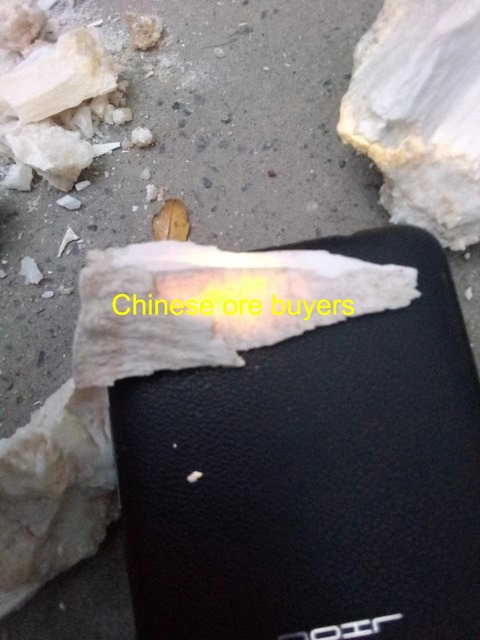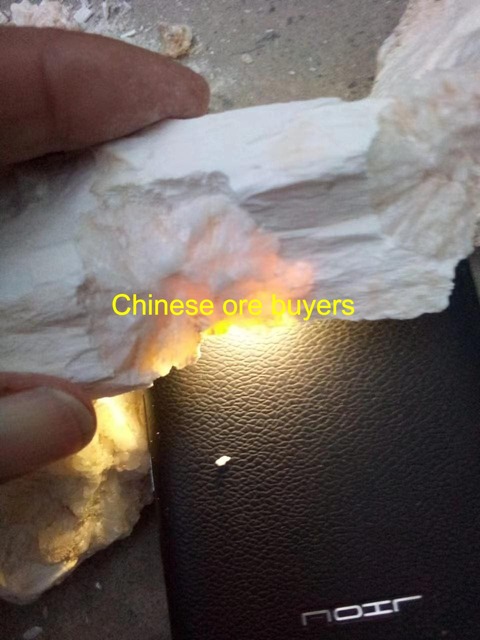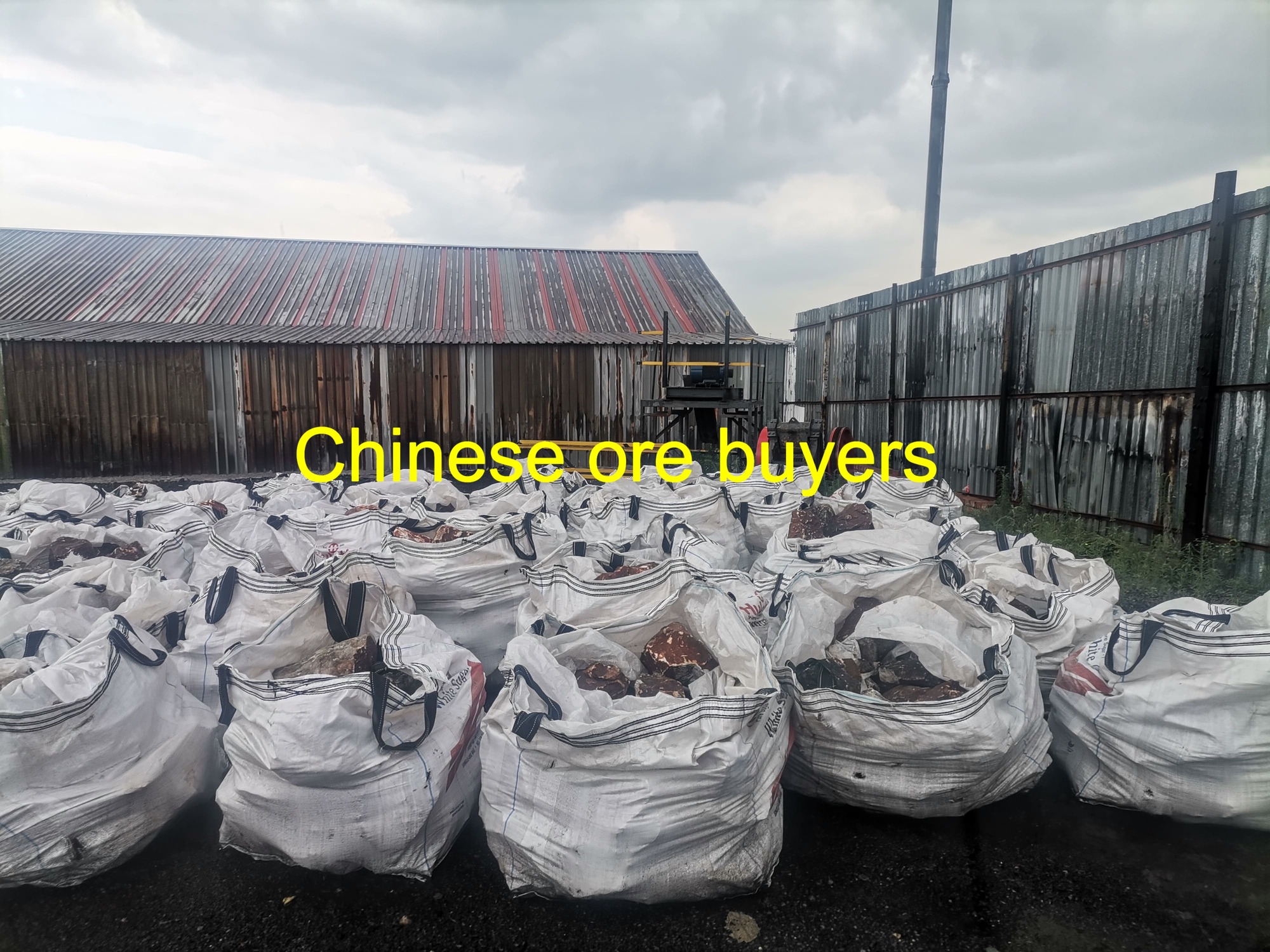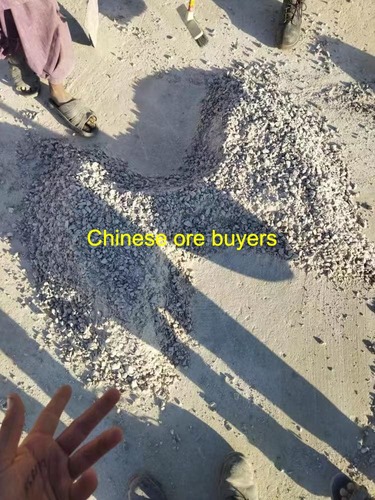It is mainly colorless, rose-colored, light yellow-green, with a small amount of emerald-green, and the transparency is from opaque to transparent. The opaque ones are mostly pale in color, and the mineral composition is complex. With fibrous structure. Silky luster; jagged fracture; refractive index and specific gravity vary according to the content of alteration minerals. Transparent lithium pyroxene is light blue-green to emerald green, glassy, shell-shaped fracture, refractive index of 1.660 ~ 1.675, specific gravity of 3.168, polychromy is obvious, even the naked eye can be distinguished: rose-like purple, red deep purple and colorless; emerald green can show light yellow-green, green and light blue-green. Two sets of nearly perpendicular {110} solutions developed. Under the Charles filter, the emerald-green lithium pyroxene appears green.
In long- and short-wave ultraviolet light, different colors of lithium pyroxene show different strong and weak fluorescence, generally purple lithium pyroxene produces orange fluorescence in long- and short-wave ultraviolet light; yellow-green species show weak orange-yellow fluorescence (long-wave) and no or weak fluorescence (short-wave).
Under the spectroscope, the emerald green lithium pyroxene has a double line in the red region, two weaker lines in the red and orange regions, a wide band centered in the orange region, and general absorption in the violet region; while the pale yellow-green has only two narrow bands in the violet region.
Translated with www.DeepL.com/Translator (free version)















